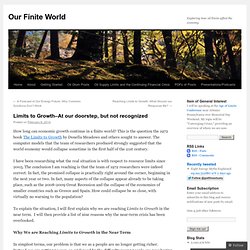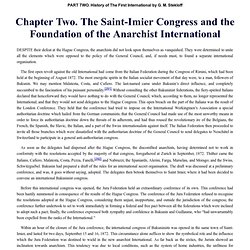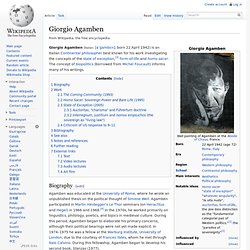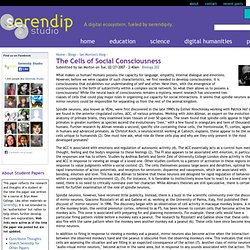

Blog Archive » Elämämme perusteista. Tervetuloa maailmantalous.netiin. Ympäristöliike 2000-luvulla - Pasi Takkisen esitelmä. Limits to Growth–At our doorstep, but not recognized. How long can economic growth continue in a finite world?

This is the question the 1972 book The Limits to Growth by Donella Meadows and others sought to answer. The computer models that the team of researchers produced strongly suggested that the world economy would collapse sometime in the first half of the 21st century. I have been researching what the real situation is with respect to resource limits since 2005. The conclusion I am reaching is that the team of 1972 researchers were indeed correct. In fact, the promised collapse is practically right around the corner, beginning in the next year or two. To explain the situation, I will first explain why we are reaching Limits to Growth in the near term. Why We are Reaching Limits to Growth in the Near Term In simplest terms, our problem is that we as a people are no longer getting richer.
The problem as we reach all of these limits is a shortage of physical investment capital, such as oil, copper, and rare earth minerals. Figure 1. 1. History of The First International by G. M. Stekloff. PART TWO.

History of The First International by G. M. Stekloff DESPITE their defeat at the Hague Congress, the anarchists did not look upon themselves as vanquished. They were determined to unite all the elements which were opposed to the policy of the General Council, and, if needs must, to found a separate international organisation. The first open revolt against the old International had come from the Italian Federation during the Congress of Rimini, which had been held at the beginning of August 1872. As soon as the delegates had dispersed after the Hague Congress, the discomfited anarchists, having determined not to work in conformity with the resolutions accepted by the majority of that congress, foregathered at Zurich in September, 1872.
Before this international congress was opened, the Jura Federation held an extraordinary conference of its own. The frame of mind of all the delegates was identical, and, of course, no disputes among the congressists took place. “Considering “1. Ego, Fear, and the War on Drugs. “Over one’s mind and over one’s body, the individual is sovereign.”

—John Stuart MillTweet This From the point of view of psychedelic enthusiasts, the prohibitionist stance is farcically weak. The moral imperative could not be more obvious: give up the ghost, stop jailing non-violent consciousness explorers, and give us back our tax dollars. But let’s consider how we got here to begin with. Giorgio Agamben. Giorgio Agamben (Italian: [aˈɡambɛn]; born 22 April 1942) is an Italian Continental philosopher best known for his work investigating the concepts of the state of exception,[3] form-of-life and homo sacer.

The concept of biopolitics (borrowed from Michel Foucault) informs many of his writings. Biography[edit] Agamben was educated at the University of Rome, where he wrote an unpublished thesis on the political thought of Simone Weil. Agamben participated in Martin Heidegger's Le Thor seminars (on Heraclitus and Hegel) in 1966 and 1968.[4] In the 1970s, he worked primarily on linguistics, philology, poetics, and topics in medieval culture. The Cells of Social Consciousness. What makes us human?

Humans possess the capacity for language, empathy, internal dialogue and emotions. However, before we were capable of such characteristics, we first needed to develop consciousness. It is consciousness that establishes our understanding of self and other. Here then, with the emergence of consciousness is the birth of subjectivity within a complex social network. So what then allows us to possess a consciousness? Spindle neurons, also known as VENs, were first discovered in the late 1990's by Esther Nimchinsky working with Patrick Hof and are found in the anterior cingulated cortex, ACC, of various primates. The ACC is associated with emotions and regulation of autonomic activity (4). Spindle neurons, however, have received little publicity. In addition to firing in response to viewing a monkey eat a peanut, mirror neurons also become active when the interaction between the observed monkey's hand and the peanut is obscured from the observing monkey's view.
Sources: Näkökulma: Jari Tervo, tiedä tämä Kiakkoviaras-juhlista.